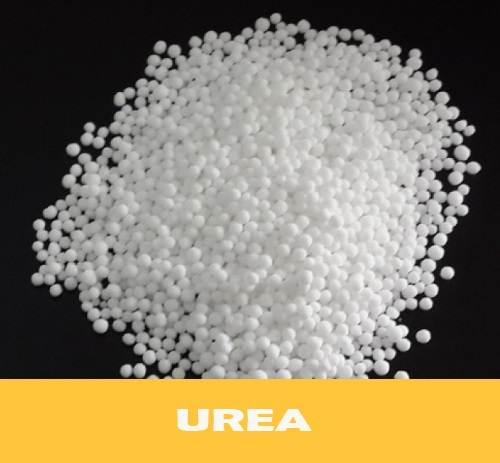Urea (46% N) (While Free Flowing)
Urea (46% N) (While Free Flowing)
The high analysis of urea—46% N—is the main reason for the low cost of this form of nitrogen fertilizer. Freight costs and storage and handling are all lower than with lower analysis fertilizers such as ammonium nitrate (34-0-0) or ammonium sulfate (21-0-0).
Urea 46% Nitrogen a white crystalline solid containing 46% nitrogen, is widely used in the agricultural industry as an animal feed additive and fertilizer.
Fertilizer urea can be purchased as prills or as a granulated material.
SKU: Urea

The high analysis of urea—46% N—is the main reason for the low cost of this form of nitrogen fertilizer. Freight costs and storage and handling are all lower than with lower-analysis fertilizers such as ammonium nitrate (34-0-0) or ammonium sulfate (21-0-0).
Urea 46% Nitrogen a white crystalline solid containing 46% nitrogen, is widely used in the agricultural industry as an animal feed additive and fertilizer.
Fertilizer urea can be purchased as prills or as a granulated material.
In the past, it was usually produced by dropping liquid urea from a “prilling tower” while drying the product. The prilled formed a smaller and softer substance than other materials commonly used in fertilizer blends. Today, though, considerable urea is manufactured as granules. Granules are larger, harder, and more resistant to moisture. As a result, granulated urea has become a more suitable material for fertilizer blends.
Urea, also known as carbamide, is an organic compound with the chemical formula CO(NH2)2. This amide has two –NH2 groups joined by a carbonyl (C=O) functional group.
Urea serves an important role in the metabolism of nitrogen-containing compounds by animals and is the main nitrogen-containing substance in the urine of mammals.
It is a colorless, odorless solid, highly soluble in water, and practically non-toxic (LD50 is 15 g/kg for rats). Dissolved in water, it is neither acidic nor alkaline. The body uses it in many processes, most notably nitrogen excretion.
| Moisture percent by weight, maximum | 1.0 |
| Total nitrogen, percent by weight, (on a dry basis), minimum | 46.0 |
| Biuret percent by weight, maximum 1.5 | 1.5 |
| Particle size—Not less than 90 percent of the material shall pass through the 2.8 mm IS sieve and not less than 80 percent by weight shall be retained on a 1 mm IS sieve |
